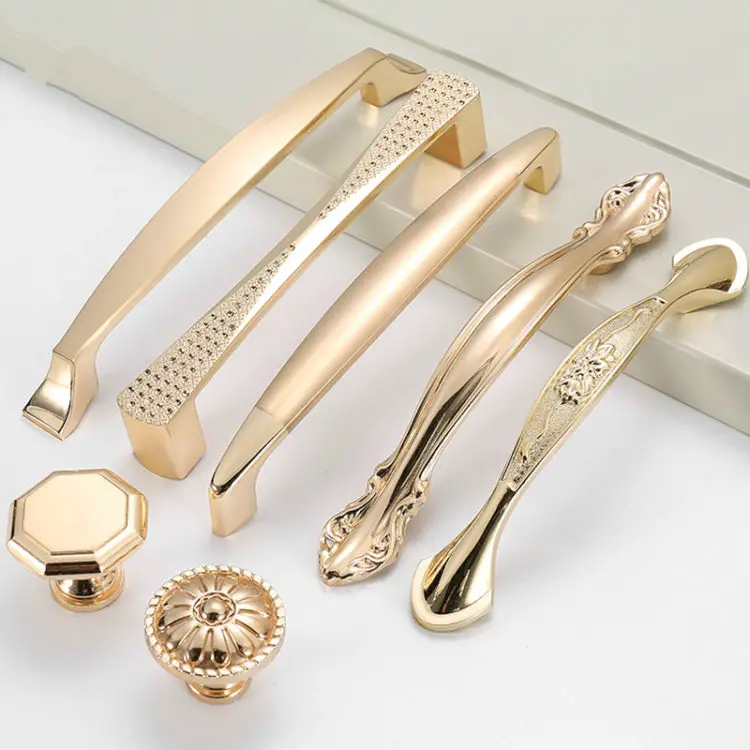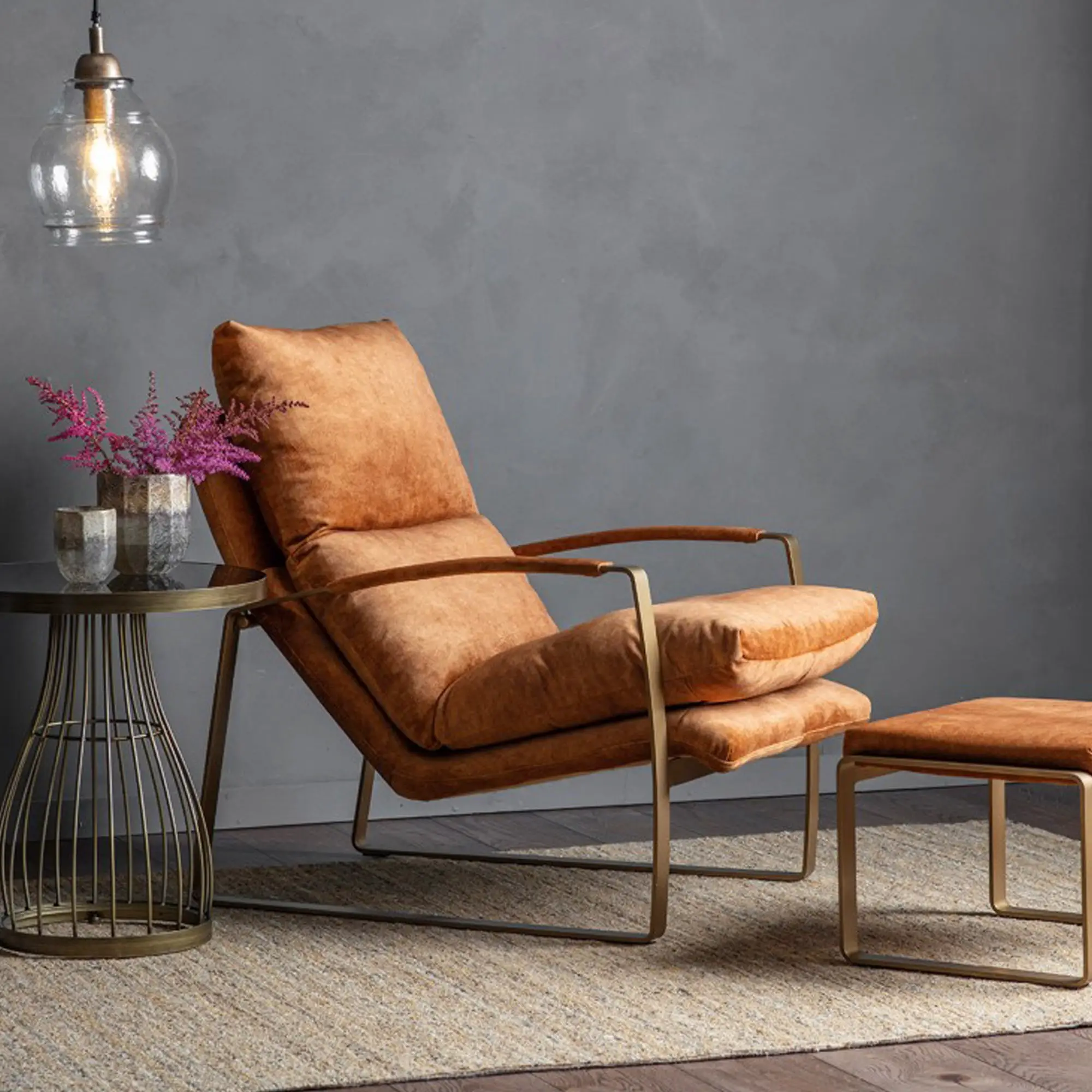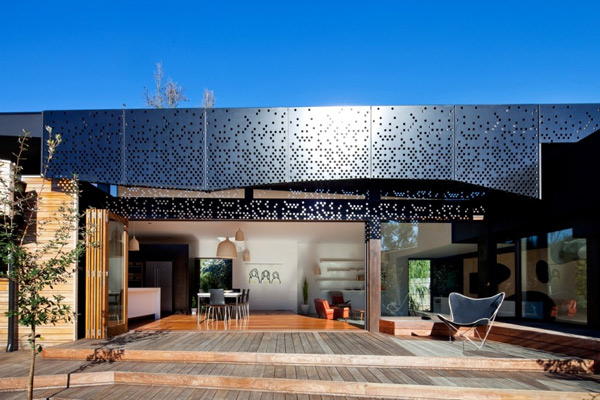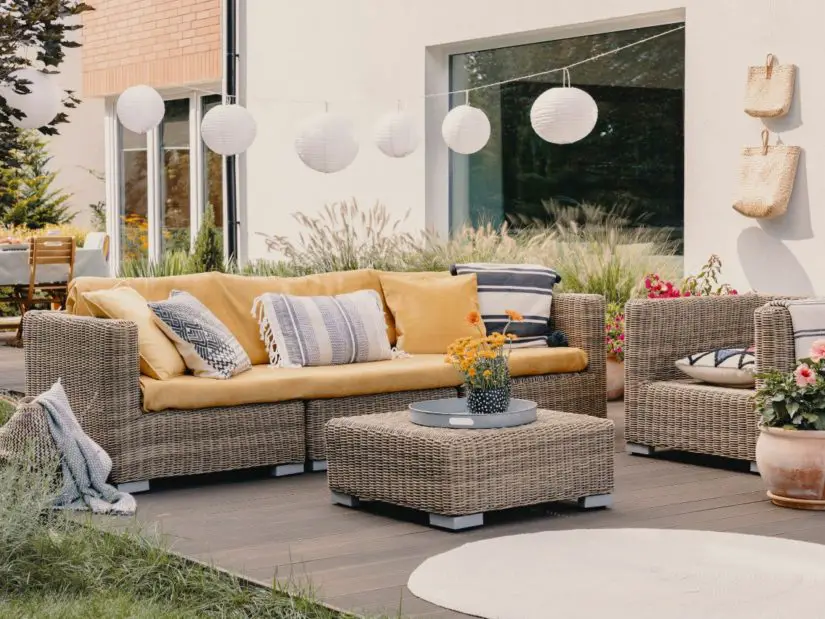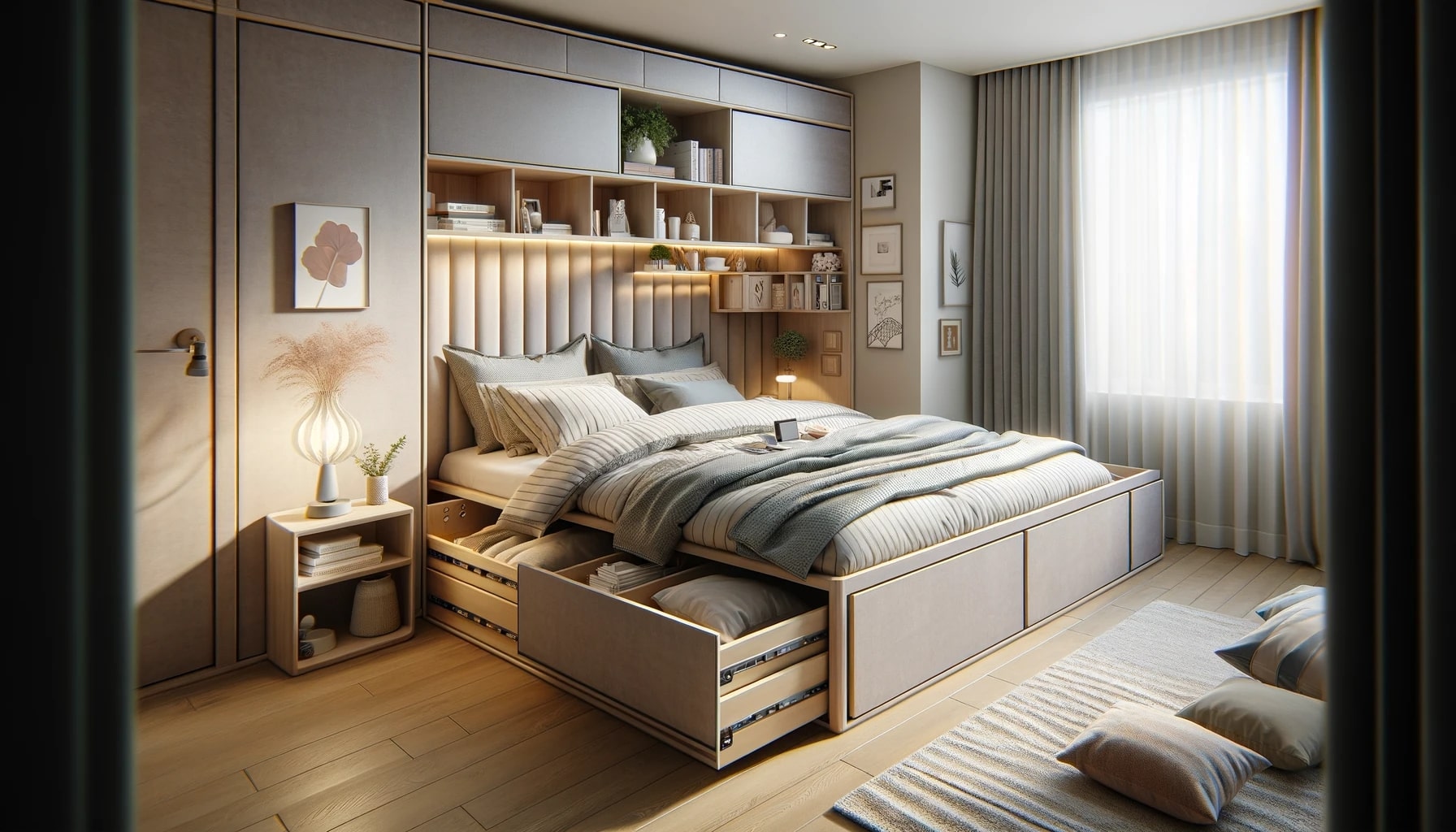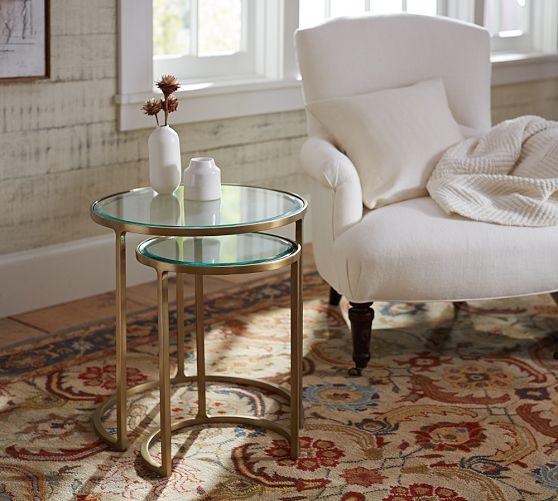When it comes to closet design, what are the general principles you should follow? Learn them here in this guide to closet design.
When someone is looking for a house to buy, one of the first questions they ask at each home is, “How much storage space does it have?” No one wants to have to find small spaces where were can cram in our treasured possessions. That’s why around 10% of Americans rent storage spaces in addition to using the storage in their homes.
If you’re feeling the need for more storage space in your home, good news! You may not need more space. You may just need to use your space better. These tips for functional closet design will help.
1. Think Vertical
One of the most common mistakes homeowners make, not only in closets but in general, is failing to use their vertical space. As you design your closet, plan for storage that goes all the way to the ceiling. A simple shelf along the top of your closet is the perfect place for holiday decor and other items you don’t have to access as often.
Of course, make sure the type of storage you install at the top of your closet matches up with long-term storage. You probably don’t want a rack for hanging clothing that’s eight feet high. Shelves for storage bins are a better choice.
2. Mind the Gap
Everyone wants a big closet because they want more storage space. In reality, the wrong type of big closet will waste space instead. This is an especially common problem with square closets. You might have plenty of storage along the walls of the closet, but in the middle is a big square of empty, unused space.
When possible, choose a more rectangular closet instead of a square one. This lets you get the storage space you want while taking as little space as possible from your bedroom or other rooms. If you already have a square closet or it’s the only shape that makes sense in your floor plan, there are ways to make it work. Add an island in the middle of the closet to make use of the space.
That island can hold any type of storage depending on what items you have. If you have a lot of jewelry, opt for a jewelry armoire as your island. It’s also a great place for a lazy susan that holds your shoes.
3. Know the Minimums
When it comes to closet design, you want to design it to fit exactly what you need. Before you go wild, though, keep in mind that there are general standards and minimums you should meet. For any rack of hanging clothing, you want at least 24 inches of depth. This gives you enough space for standard hangers with plenty of breathing room.
That doesn’t mean the rod needs to be 24 inches from the wall. It means you need 24 inches for the entire width of the hangers. Your rod can be in the center of that space, around 12 inches from the wall. Shelves don’t require as much depth. The standard minimum is 14 inches for closet shelves.
In addition to those measurements, if your closet is a walk-in, make sure there are at least 24 inches of space in the middle. Finally, don’t forget the door. Know the measurements for your closet door and be careful to avoid installing shelves or rods that prevent the door from opening all the way.
4. Customize to Optimize
Your closet is exactly that: your closet. While resale value might be something to consider, your ultimate goal is to make your closet work for you.
Choose your closet storage configuration based on the types of items you have. For instance, if you have a lot of formalwear and other long items of clothing, make room for a single storage rack that has enough height to fit those items. If you don’t, double racks will be a better use of your space.
The same goes for other types of storage. If you have a lot of shoes, dedicate more space to shoe storage as opposed to clothing storage.

5. Have Something for Everything
You might use your closet to store only your wardrobe, but within your wardrobe, you have many types of items. You need to store some kinds of clothing in different ways than others. Shoes need to be stored in an altogether different way, and so do handbags and other types of accessories.
This is why closet designers like https://www.180closetdesign.com recommend a variety of different types of storage in your closet. In addition to hanging space for simple shirts and pants, have shelving to store folded sweaters. Don’t forget a shoe rack or other type of shoe storage, as well as drawers for socks and undergarments.
Having this variety makes it easier to find what you need and it makes the closet look cleaner and more organized.
6. Use Windows with Caution
Windows inside closets aren’t necessarily common, but they do happen. We see them most often in large closets inside luxury homes. If your closet is against an exterior wall, will adding a window make it look more high-end? Maybe, but we would advise against it.
A window takes up a lot of wall space you can’t use for storage. On top of that, the sunlight coming in can damage and fade your clothes in less time than you think.
If you already have a window in your closet or you’ve fallen in love with the idea, there are precautions you can take. It’s important to tint the window so there is less sunlight coming in. You could even install wardrobe-like doors to shield your clothes from the sun.
With a window in your closet, it’s also a good idea to set up a discreet changing area. Use a changing screen or another arrangement to give yourself a place to undress without being in the window’s view.
7. Take Ergonomics into Account
You have a big, glorious closet full of all the storage space you could ever want. That won’t help you much if you throw out your back the next day trying to reach for something in that closet. As you design your closet, think about the items you access the most. Use that to guide where you place your different types of storage.
For instance, most people access their hanging clothing every day. You want that in a place that’s easy to see and reach. If you have one or two go-to pairs of shoes and you only pull out your other shoes for special occasions, you can put your shoes in a harder-to-reach place than something you access more often.
It can be tricky to know how easy different areas will be to reach before you install the closet. Try using painter’s tape to mark out everything on your closet walls first. This lets you see the layout and determine what you can and can’t reach with ease.
8. Try Setting Up Sliders
If you’re someone who enjoys organizing, you probably love discovering new gadgets and organizing tools. We can all agree that not all those gadgets are worth the effort, but sliding racks are. A sliding rack is a small rack that, in a storage position, sits all the way inside your closet shelf. When you want to access whatever is on that rack, you can slide it out to see everything on it in one view.
Sliders like these are perfect for ties, scarves, and jewelry. They hold small items well and give you the best of both worlds: compact storage and the ability to see everything you need. You can even do something similar for creative shoe storage. Install a sliding column of compartments that fits into a small space in your closet. When you slide it out, all your shoes are easy to reach.
9. Choose Your Doors Wisely
The last thing you want is to lose closet space to something that isn’t giving you any storage. Closet doors create that problem everywhere. If you have hinged doors that swing into the closet, you need several feet of open space on the side next to the door. That’s a frustrating waste.
Consider other options that keep your closet neatly tucked away without losing that door space. One option is to have sliding doors that don’t need any space inside the closet. As compact as they are, the key to a great sliding door is to spend money on a quality option. Cheap sliding doors will come off their rails time and time again, which is frustrating for anyone.
Depending on the arrangement of your bedroom or whatever other room is outside your closet, you can also have hinged doors that swing into that room instead of swinging into the closet.
Mastering Your Closet Design
Coming up with a closet design that fits all the storage you need while looking clean and organized isn’t easy. The tips above can help you take your design step by step. Of course, there are always professional closet designers you can hire instead. Looking for more ways to add function and style to your home? Check out more articles on our interior design blog.

